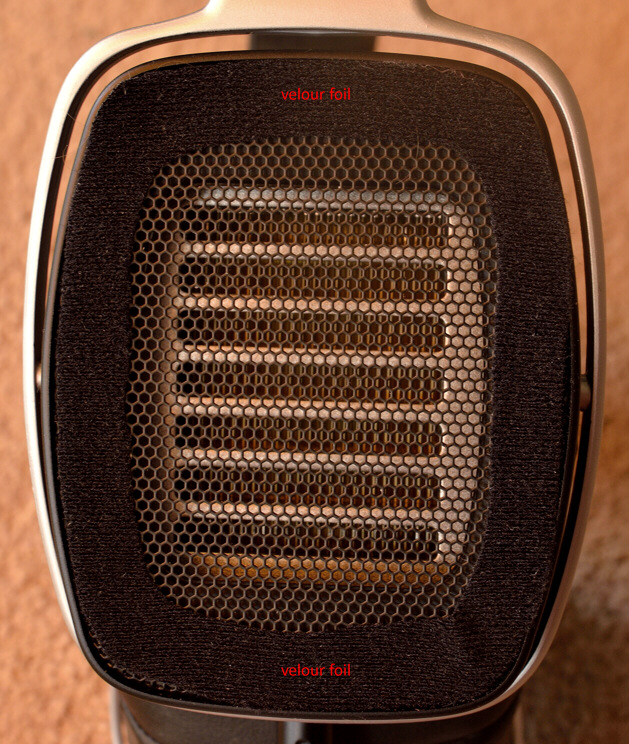Thanx for pointing me on this track....I've been listening to a lot of Emma Ruth Rundle lately, and she produces a lot of very distorted guitar (extreme example, 'The Ecstasy in Thinking of Final Exits' from Electric Guitar: One). Comes through just as much on my Hedd as on my other cans -- Utopia, HEKse, Auteur, RAD-0, Ether 2. .
I listened to it on both the HEDDphone and the Sennheiser HD-650 and that just made clear how far out of average the HEDDphone's tonal balance is.
The distortion of the ostinato guitar that blends into the 2nd half of the track is half wiped out on the HEDDphone.
I'm a professional recording engineer and can't afford to "tune" my ear/brain system to something that's far out of average.Well, I have the Heddphone now for 3 weeks or so and indeed it needed around 60 hours for phone/brain burn in. Now I prefer it to my Lcd4(for sale...anyone?)and Diana but I don’t use them for mixing or anything professional.
They can sound darkish but it depends on the song,..
This would end with a catastrophe when producing music.
I too noticed how different the HEDDphones sound balance is depending on the song.
Reason might be the extreme cut out in an important treble frequency range.
Usually tracks do not sound that different, recording engineers and producers have an eye on being somewhere in the herd.
I am too not listening very loud, somewhere in the range where normal speech lies.Also of note is the volume or how loud you listen. Myself, I am a low volume listener as I do a lot of reading at the same time but they open up in all directions tremendously when you increase the volume.
I have sold my SR009S with KGST amp because I really couldn’t connect emotionally to the music with it.
Might be the HEDDphone sounds much better when listening louder.
But that's not for me, I have to protect my ears and even don't enjoy that.
I still have two SR-009s, but they don't get much headtime, for the same reason as with yours.
I keep them for their relatively neutral sound.
Last edited:





























